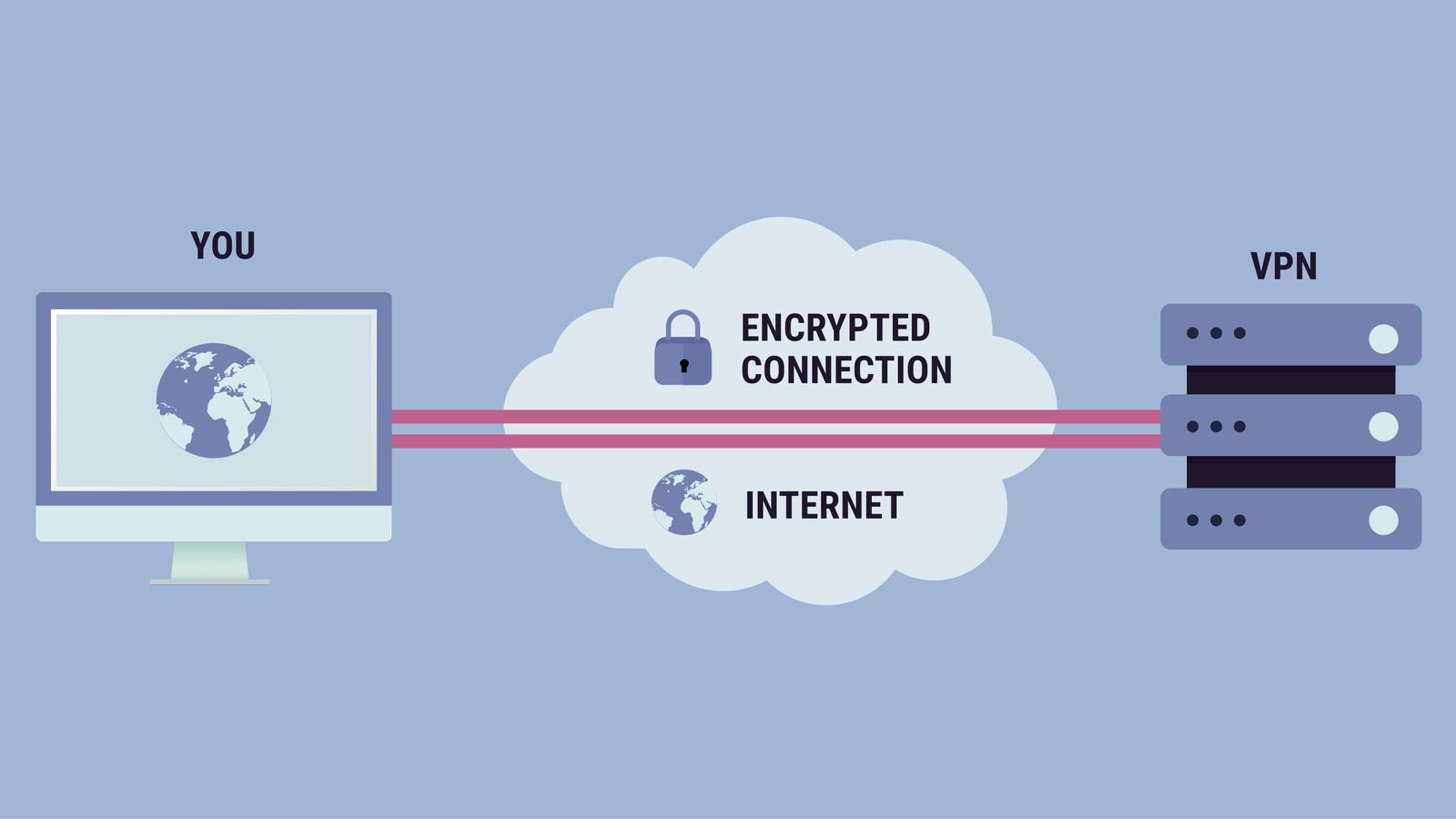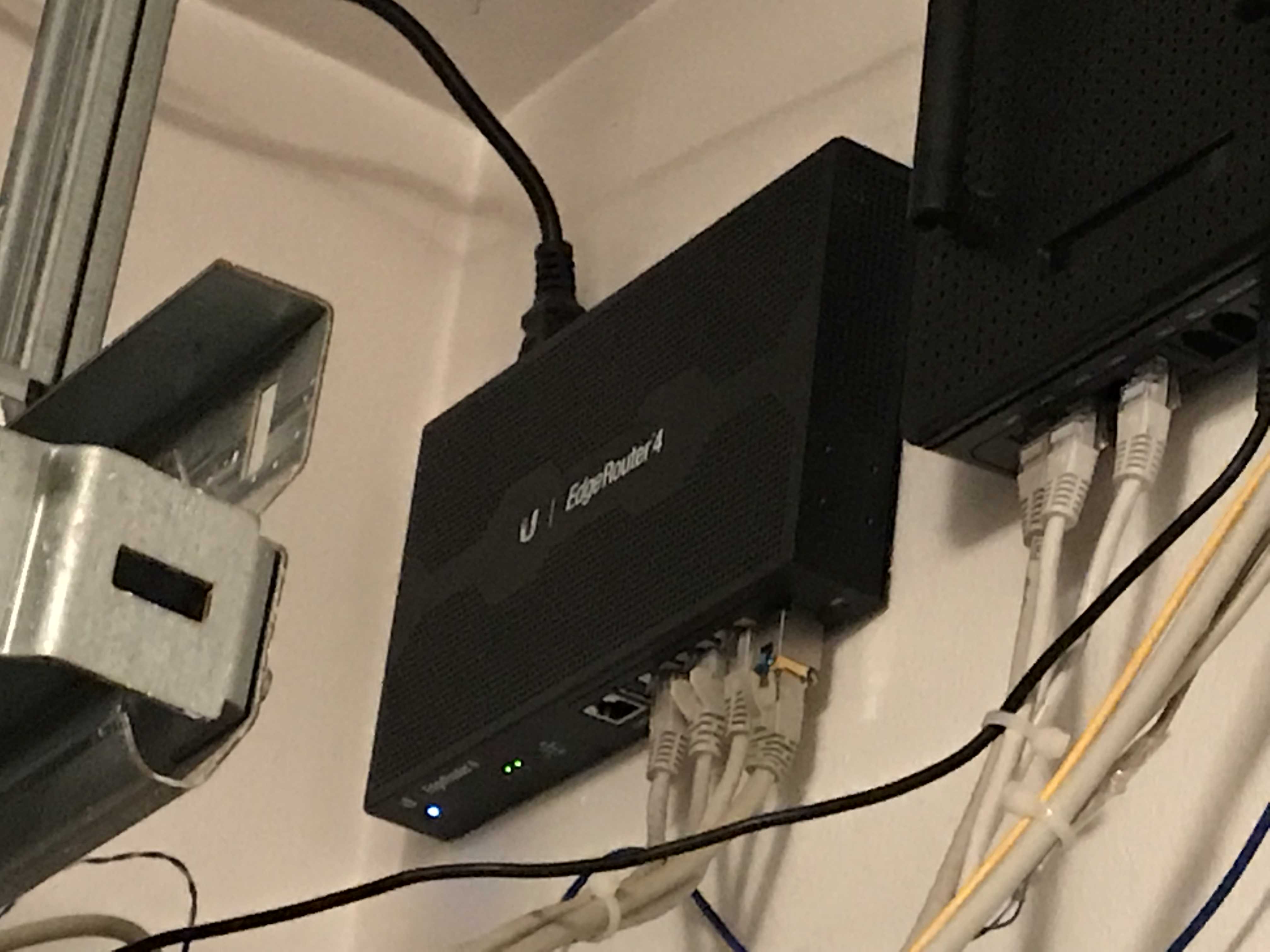Around The World in 80 (VPN) hops
This is a verbatim copy of the article written for Stempathy, a STEM-oriented teen magazine, with the exact same title. Anything that might seem out of context is most likely explained by reading this article directly from the magazine itself.
Hello everyone! I’m Matei Gardus, a programmer with a knack for side-projects and insane complications and min-maxing over every aspect of my life. I hope you enjoy this first issue of Stempathy. Today I’m going to be telling you about one of my ongoing adventures in the world of networking, and it starts around three years ago.
There was once a time when Netflix wasn’t available in Romania, along with all the other streaming services we’ve all come to know and love, such as Spotify. However as you can imagine, for a guy like me who knew of their benefits, I couldn’t idly stay being complacent; I wanted to find a way to get all those services in Romania legally and in an efficient way. Luckily for me, I had a lead on how to do just that.
A friend
Whenever we get the chance, my family and I go to the United States to not only see new landmarks and get new experiences, but also to visit my Mon’s childhood friend who moved there. Her husband and her are very nice people and we all enjoy the time when we’re there. They welcome us into their home every time we visit, almost like a home away from the home across the world. Whenever we go there, my father and I also fix whatever problems they may have with computers, phones and the like, so it makes for a interesting time in that domain as well (my most interesting tech support stories come from there, you can e-mail me anytime about them). However, last year, they were also in need of a new Internet configuration, so we helped with that as well. When we asked what limitations do we have, they said:
“Go wild! We just want it to work well and fast!”
It was at that moment that my father and I exchanged some knowing glances and asked our friends if they would be so kind as to allow us to use their Internet connection ourselves from anywhere in the world. They allowed us, and so the lead was ready to be followed.
We have an US-based IP available to us, so we could theoretically access all the available streaming services using it. But how could we do that from Romania? Well, that took a lot of work and quite a bit of tinkering.
VPNs everywhere
Obviously, firstly, we would need a VPN to access the local network from our friend’s house from Romania. You’ve probably heard of VPNs as a way to access geo-locked websites from anywhere in the world (what you’ve probably used some VPNs for already, although I do not recommend using free ones) but that’s not what they were originally intended for, really.
VPN stands for “Virtual Private Network and they were initially designed to be used in order to access a local network through an encrypted tunnel and act like a member of said local network. That way, you could establish a tunnel to a VPN server that might be installed at, let’s say, your workplace, and once you connected to it, your computer would act as a legitimate device connected to that network, without any third party being able to extract confidential information from this very public connection. There is also the option to connect two separate local networks together, and have them act as one cohesive network (this is called a site-to-site VPN, as opposed to the remote-access VPN previously discussed). I used this type to link two separate networks together, one in my house and one at my friends’ house.

To set up a VPN server anywhere is not inherently complicated, most routers actually do come with the option to connect to a VPN server. Unfortunately for me, however, my friend’s router could not host a VPN server normally, so we decided to ship our own solution there, an EdgeRouter 4 from Ubiquiti, which looks something like this:

After getting it in there, I configured the VPN server, along with a few clients configured for my iPad, my PC, my dad’s PC, etc. We had two Wi-Fi networks in our home, “Rares” and “Rares_us”, one that was a simple access point to our normal Internet, the other being an access point attached to a switch which kept the VPN tunnel running. We finally solved our problem elegantly, and now we could watch Netflix using a VPN tunnel to the US that always worked…
Except when it didn’t.
Meet The Problems
As is always the case in the world of computer science, nothing ever works on the first try, but that is because we delude ourselves with the idea that what we are working on is as simple or complicated as we think it is, when in reality, it never is. And the problems started showing up very soon.
For starters, our VPN tunnel would frequently drop due to unnatural circumstances (i.e. power outages, random person tripping over a plug, as is often the case in my house), so I had to find a way to automatically restart the VPN tunnel whenever I needed to. I did so by essentially adding cron jobs (scheduled tasks in Linux) that would run periodically to check whether our VPN tunnel was still up and running, and if not, to re-enable it and send my father an e-mail telling him of the outage so we know if something went wrong.
|
|
In addition, my home is a bit more special than your average household. We have two internet lines linked to my house, provided by two different ISPs, both of which were in Romania. This meant we had to use one of the networks in order to establish a VPN tunnel to the US, but it wouldn’t be incredibly stable, since we could have our Internet connection randomly cut as well. In addition, it would also mean that not all the devices had access to the US network. In the end, I decided to have two VPN tunnels open on two different networks, with both on separate Wi-Fi networks. But now the question is “Which network do I use to connect to the US or to Romania?” I mean, don’t get me wrong, I love the freedom of choice, but having 7 Wi-Fi networks is not fun for me or for any potential guest to our home. So, in the end, I decided to reduce the number of networks by implementing a load balancer between the two separate VPN networks. Now we only have two Wi-Fi networks: “Rares RO” and “Rares US”, and both handle all requests quite nicely.
A load balancer is, essentially, a piece of software that takes requests of a specific internet protocol and redirects them to whichever server is less overloaded with requests, or even using a specific set of rules that you apply to its configuration. It is commonly used at all the major websites, like Google, to distribute requests in a region to multiple servers, not just one, since one server will never be capable of handling everything. Imagine having one PC handling billions of searches a second. That’s not gonna happen.
This becomes even more complicated as we find out a relatively crucial issue with our VPN: as much as it is currently working on two separate networks, load balanced and all, nothing in our house is stable, and not even at our friend’s house either. Network packets were randomly dropped for no reason and some packets just straight up disappeared, as if lost through the tunnel. Something was wrong with my tunnel and I didn’t know what. After a bit of debugging, though, I finally figured out the problem: NAT.
NAT: The Final Boss
To explain what NAT really is, one must understand a bit about IP addresses as well, those nifty four numbers with dots between them you may have found on the Internet (They look like this: xxx.xxx.xxx.xxx). IP addresses are a way to know where to address a specific packet so that whoever is supposed to receive it can get it correctly. There are different types of IP addresses:
- Class A, generally assigned to all the external servers of the world (1.1.1.1, for instance, is a DNS server for everyone to use. If you don’t know what a DNS is, that’s a story for another time)
- Class B, reserved for medium-sized networks (i.e. huge corporation departments)
- Class C, most commonly found in homes (192.168.1.1, 172.16.0.61)
(Tech rant: Technically, the reason why there are multiple classes is due to the way that computers handle transforming an IPv4 address to a physical address, since they require specific limitations to the IPs in order to be converted correctly, but this is beyond the scope of this article.)
There is, however, one problem. Due to the world having way too many computers, and IP addresses being restricted to very limited amounts (or rather, IPv4 addresses, the ones I’m talking about here, IPv6 addresses could account for more computers than there are atoms in the observable universe), people have decided to reuse some IP addresses by having closed networks with the same IP addresses in them (non-routable addresses, of type C) and switching between network using a method called NAT.
NAT, short for Network Adress Translation, is a method used to switch the IP addresses I’ve been talking about by “modifying network address information in the IP header of packets while they are in transit across a traffic routing device.” (Thanks, Wikipedia!) This way, you can have your phone communicate with any other website as if it were on the same network. However, in a VPN, NAT can be a pain, since it can’t really change those encrypted packets that the VPN sends over. Essentially, you have to find a way to manually change the IP header before it his encryption so that you can redirect the packet at the right address on the other side of the tunnel (oh, this has to be done on both sides of the tunnel as well, so you can’t shortcut your way out of this). In the end, I managed to fix the problem by configuring the switches on both sides of the VPN tunnel to modify the IP header on both sides using predefined rules which, while very hard coded, work well for our case.
Finally, everything seems fine…right?
Room for improvement
Of course, work is never over, and my father’s dream is to reduce those two Wi-Fi networks to one, “Rares”, and have the network automatically figure out through which network you’d actually want to go through when visiting a website by using a DNS whitelist to route requests through the different networks (netflix.com goes through the US tunnel, for instance), but that is a project for the future. In the end, if there is one thing that you should really learn from this article is that you should never be daunted by obstacles that might appear in whatever project you may be working on, since you can definitely get past them and achieve exactly what you envisioned, provided you put in the effort. And yes, even if your computer might be against you, you will definitely be able to solve the problem. After all, we made them, we can fix them. I have plenty of stories I have left to share, and I’m sure you’ll all enjoy hearing all about them. I’ll give you a hint for next issue’s article here: “tiny PC”.